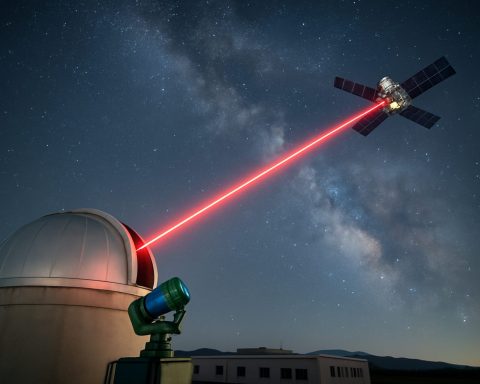
Overfitting
Overfitting is a modeling error that occurs when a machine learning algorithm learns not only the underlying patterns in the training data but also the noise and outliers. This results in a model that performs exceptionally well on the training set but fails to generalize to new, unseen data, leading to poor performance in real-world applications.Overfitting typically happens when a model is too complex relative to the amount of data available, such as using a high-degree polynomial in regression analysis or a deep neural network with inadequate training data. Indicators of overfitting include a significantly lower training error compared to test error and high variance in predictions.To mitigate overfitting, techniques such as cross-validation, regularization (e.g., L1, L2), pruning, and simplifying the model can be employed. These strategies aim to enhance the model's ability to generalize by balancing the complexity and performance on training and validation datasets.





